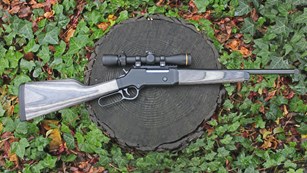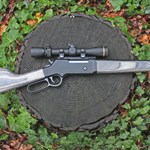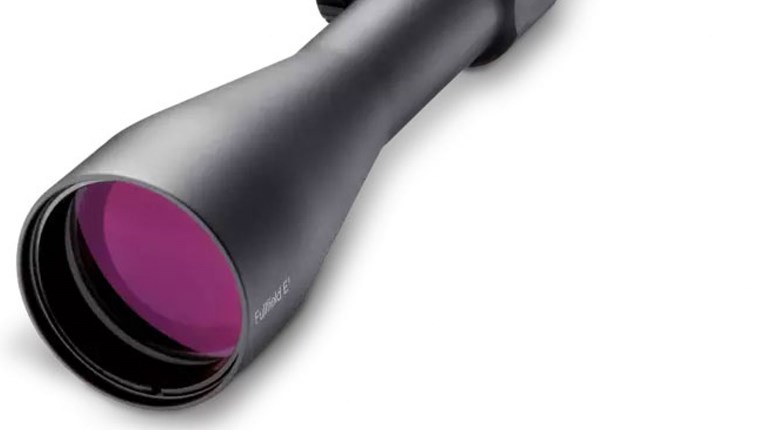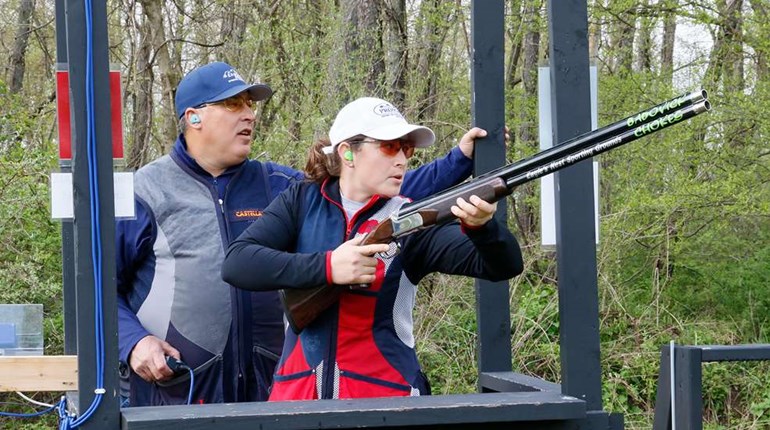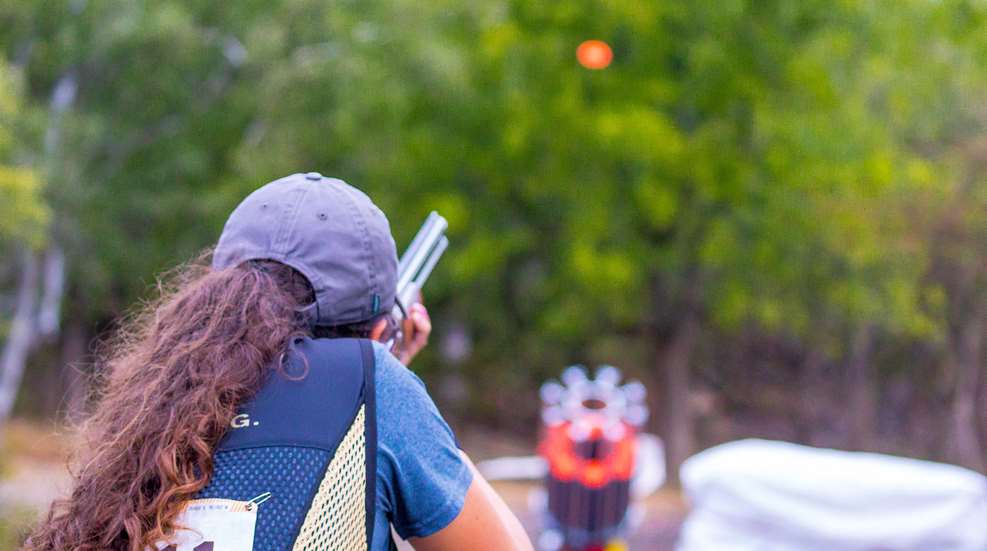
Shooting moving targets—live birds or clay targets—with a shotgun is totally different from rifle shooting. The target is moving instead of standing still. You and the gun are moving instead of trying to remain as still and steady as possible. You’re throwing out multiple projectiles in a “cloud” of shot rather than a single bullet. You must focus on the target, not on your sight as you do in other types of shooting. And perhaps most confounding of all, you can’t even aim at what you want to shoot—because the target is moving, you have to point the gun (not aim it) at where the target is going to be. That means your gun and the target will be in two different places when you shoot.
When you pull the trigger, you should be looking at the target or bird, but you’ll be vaguely aware of the barrel of the gun in your peripheral vision somewhere out ahead of the target. We call this space between the barrel and the target “lead,” and how much lead the target needs will depend on how fast it’s moving and at what angle/distance.
So how do you calculate how much lead a specific target requires? Here’s the rub: You don’t. That kind of precise calculation would require serious math. (Calculus? Trigonometry? Geometry? I’m so bad at math I don’t even know what kind I would need for this.) There’s no way to do that sort of calculation in your head while the target is flying—so don’t even try.
If that’s the case, and we can’t calculate lead, how do we ever know how far ahead of the target our gun barrel needs to be? The answer is twofold and a little contradictory: One, you already sort of know, and two, it’s going to take a long time to learn.
Shotgun instructors—and I am certainly not one—might disagree with me, but when I take a brand-new shooter to the sporting clays range for the first time, I always tell them that the gun has to be pointed somewhere in front of the clay, and then I tell them, “Your brain knows or will quickly figure out how to make it all come together. You just have to get out of your own way and let your brain and body do it. That’s the hard part.”
Now, none of us are born knowing how to shoot a shotgun. It’s not that your brain knows exactly what to do, but after a few shots, it really can start to get pretty good, on a subconscious level, at figuring out how to lead a target—at least getting in the ballpark. If you can only stop thinking about it so much and just let your brain do it, you’ll be surprised at how quickly you’ll start breaking targets. This is why a lot of new shooters do better on super-quick, snap-shot-like targets that require them to mount and shoot with little time to think about what’s happening. Their conscious brain didn’t have time to get in the way and muck everything up!
So that’s the first part: Your brain has a halfway decent idea of what lead is required if you just let it work. Shotgun experts call it shooting without thinking, and well-known instructor Vicki Ash is fond of saying, “If you’re thinking, you’re stinking!” Learning how to let it all work—how to get out of your own way—will take you months or years of effort.
That’s the second part: The hard work it takes to 1. Teach your conscious brain to sit down and shut up while your subconscious brain takes over, and 2. Learn the sight pictures. You have to shoot a lot of targets or birds to really internalize what each sight picture looks like, and while you’re doing that, your brain will be building a what Vicki and her husband Gil call a “mental library” of what each one looks like at different angles and speeds. It just takes a lot of shooting.
There are a limited number of ways a target can fly at one time: Left to right, right to left, up, down and straight at you/away from you. That’s the good news, because it means there are only really five places you’ll see your barrel in relation to the target: Directly on it (for direct going-away or coming-at-you shots), above it, below it, or to the right or left of it. Every other target presentation is merely a combination of those sight pictures, at different angles and speeds and distances. Practicing reading targets—judging how fast they are flying and at what angle and distance before you attempt to break them—will help you make the necessary judgement calls as to what sort of lead you might start with. Then you attempt a target, see how your lead worked, and adjust it as necessary.
You simply have to shoot a lot to build this mental library. The bigger your library is of targets you’ve seen and shot, the more accurate your subconscious brain’s “calculations” will be.
There’s no substitute for just shooting a lot of different targets a lot of different ways, but there are ways to shorten the learning curve on this. If you shoot a game like skeet, where the targets are predictable and consistent, you can look up all sorts of YouTube videos or online articles that will give you the “required lead” in feet or even in “fingers,” as in, on station 1 on the skeet field, imagine one finger width between the target and your barrel (if you were holding your finger out arm’s length away). These are a decent starting point, but they’ll need to be tweaked for each individual person. None of us see lead exactly the same way, which is why most instructors will refer to it as perceived lead. They’re imprecise, to say the least, but if you are brand new and struggling to understand the concept of lead to begin with, guidelines like this might be helpful. You’ll eventually develop your technique and your mental target library to the point where the measured lead techniques fall to the wayside.
The other way to shorten the curve is to get comfortable with the most common sight pictures more quickly and “automatize” the mount and move process. OSP Shooting School has two excellent drills you can do at home with an unloaded gun that will help you with this: the Flashlight Drill and the Three-Bullet Drill. The Flashlight Drill helps with your move and mount, while the Three-Bullet Drill helps your brain learn the left-to-right and right-to-left sight pictures. The sooner you can get those fundamentals down pat so your brain doesn’t have to think about what your hands are doing with the gun and where your eyes are going, the sooner you free up your brain to work on learning what lead looks like on different targets.
Ultimately, the answer to the question “How do I calculate the lead?” is that you just don’t. It can’t be easily calculated; it can only be learned. The good news is that that’s a pretty simple answer, but that doesn’t mean it’s easy by any means. It takes time and practice and learning to trust your brain and your body to put the gun in the right place at the right time.










